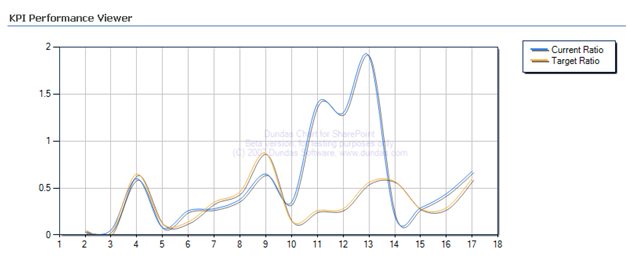Now that I’ve read the Analysis Services Performance Guide (or shall we call it a mini-book) which I announced in my previous blog, I found it to be a great read. I’d recommend it to anyone who would like to get more insights not only about performance tuning UDM but also about the inner workings of the server.
Some caveats… The guide doesn’t answer the perennial and fundamental question about partitioning a large UDM. As I explained in my UDM Data Islands blog, Microsoft scaled down from the initial “super cube” approach and now advocates splitting a large cube into smaller subcubes (which Jamie McClellan referred to as “data islands”) for performance reasons. What I was hoping to find is some performance guidelines and metrics about at what data loads should this split occur. Since this is so important from a performance standpoint, I failed to understand also why there is no reference to linked measure groups and dimensions whatsoever.
Finally, the guide is a bit light from a capacity planning and load-balancing standpoint. Hopefully, there will soon a refresh of the “Creating Large-Scale, Highly Available OLAP Sites: A Step-by-Step Guide” whitepaper.





